Reason for the Seasons Lab: Angle of Light Investigation
$3.99
Students investigate how the angle of light affects the intensity of the light hitting Earth.
Grades 7 and Up
Get this lab at a discount in our Seasons Activity Bundle!
EASY SUPPLIES (with easy substitutions)! Students measure how the angle at which the Earth receives light changes the intensity and spread of the light.
In this activity, students will:
- PERFORM THE LAB: Students aim a flashlight (or a cell phone light – see note below) at graph paper at various angles and measure the area that the light spreads. Clear and easy-to-follow instructions are included, as well as a data table to record results.
- GRAPH area of light versus angle of light to see that the larger the angle, the larger the area that the light spreads over and the less concentrated it is.
- ANSWER follow-up analysis questions, including a CER.
Easy Materials List:
- Flashlight (We include instructions on how to rig a cellphone flashlight to work, as well.)
- Toilet paper or paper towel tube (Not necessary if using the cell phone set-up.)
- Tape
- Ruler
- Graph paper (printable graph paper included with purchase)
- Protractor (printable protractor included with purchase)
- Also Required But Can Be Substituted: box, clipboard, colored pencils
NGSS Standards: MS ESS1-1
NGSS Science & Engineering Practices: Developing and using models
NGSS Science & Engineering Practice: Planning and carrying out investigations
NGSS Science & Engineering Practice: Analyzing and interpreting data
NGSS Science & Engineering Practice: Engaging in argument from evidence
Teacher Notes:
- INCLUDES AN ANSWER KEY.
- Please note that this resource is not editable.
- Check out more resources in the seasons section of our shop!
Be the first to review “Reason for the Seasons Lab: Angle of Light Investigation” Cancel reply
You might also like...
Related products
-
Earth and Space
Human Impact on the Environment: Graphing Garbage Land Pollution Activity
$5.99 Add to cart

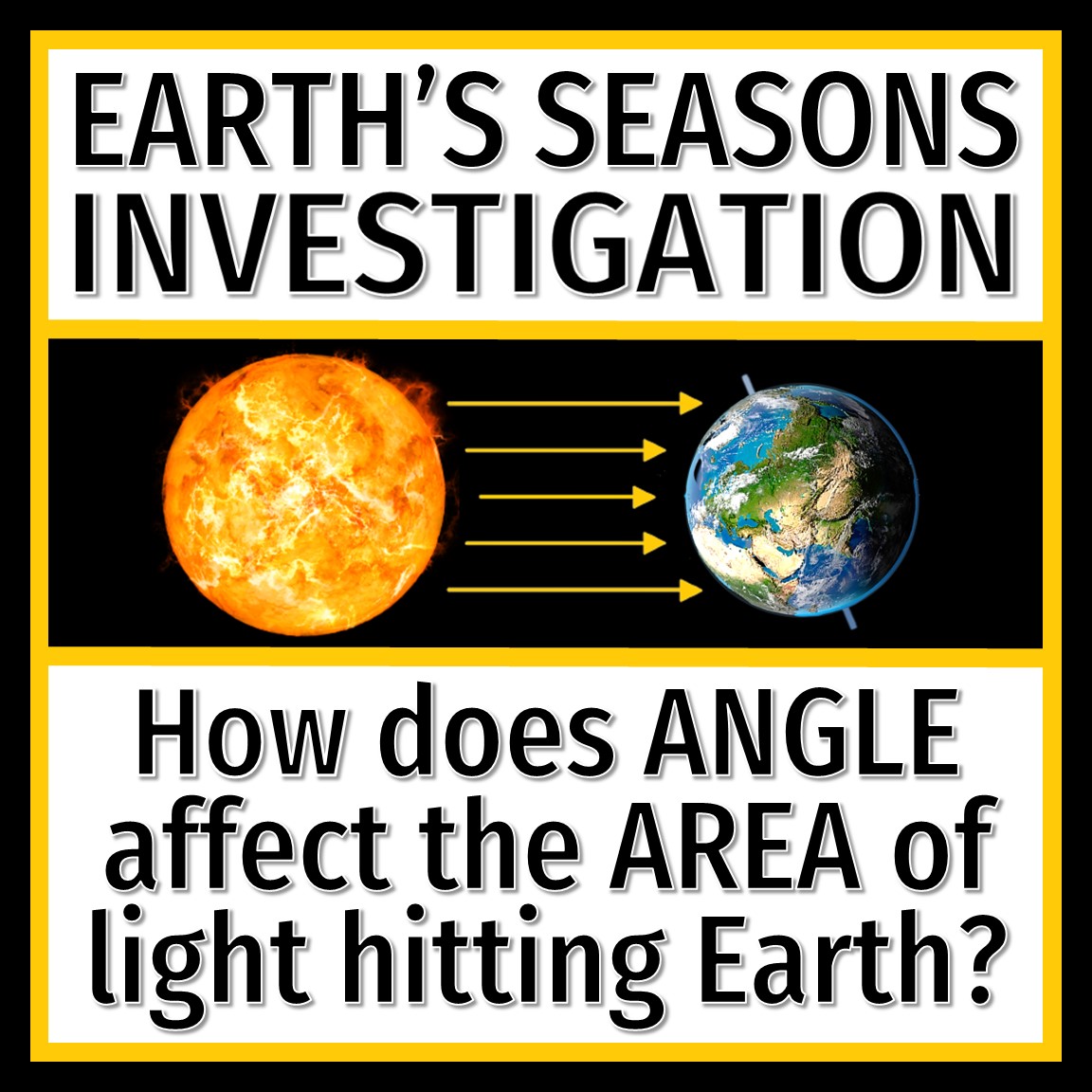
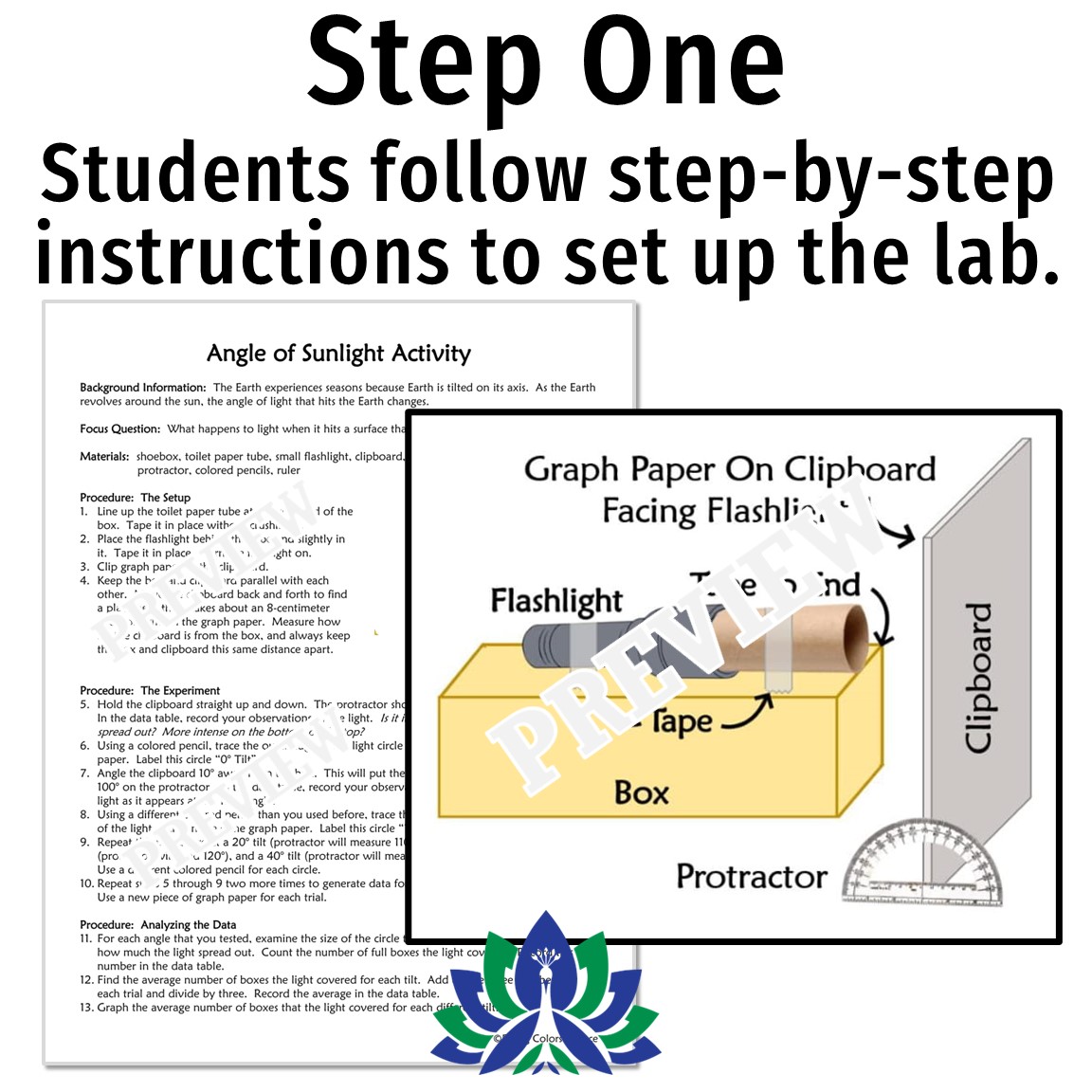
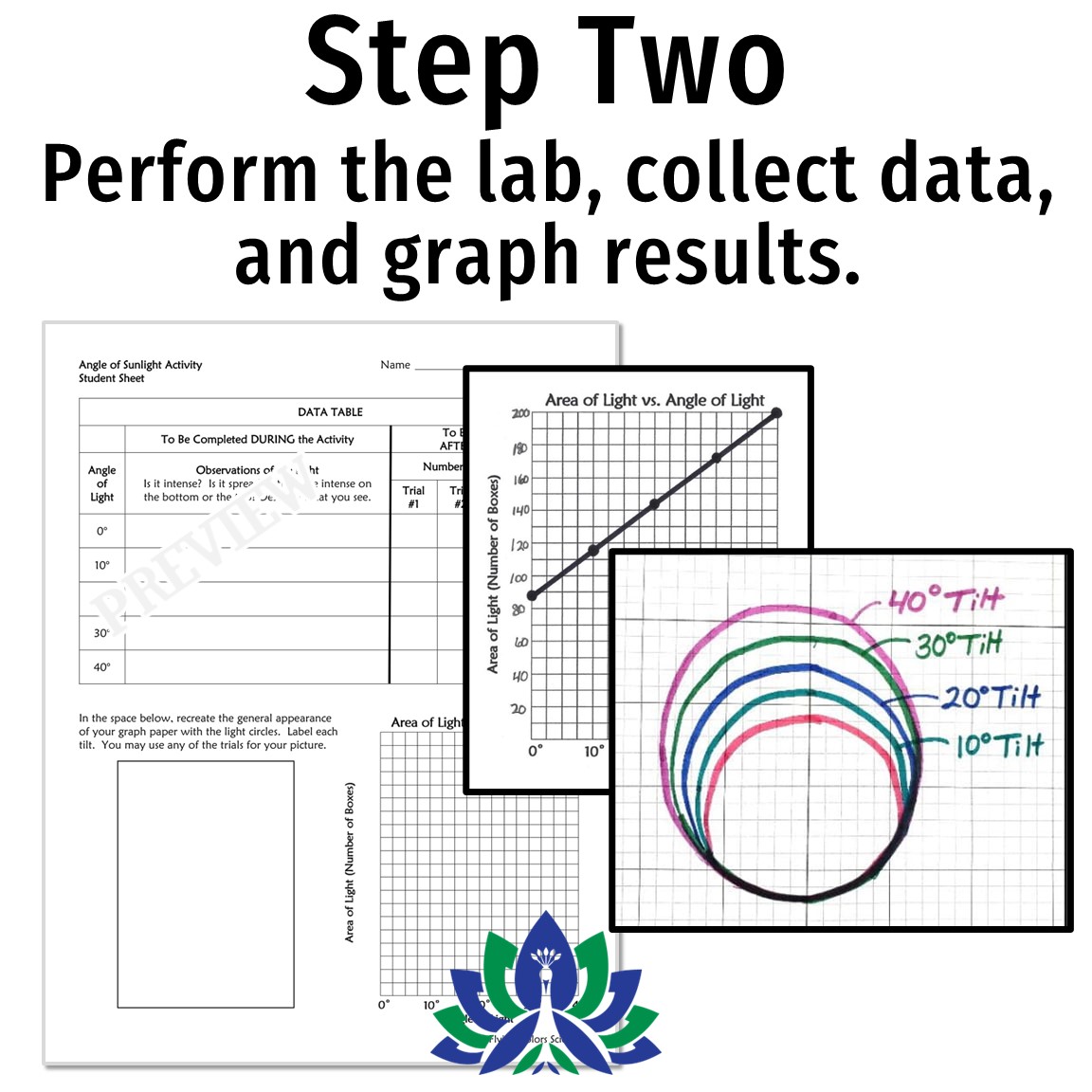
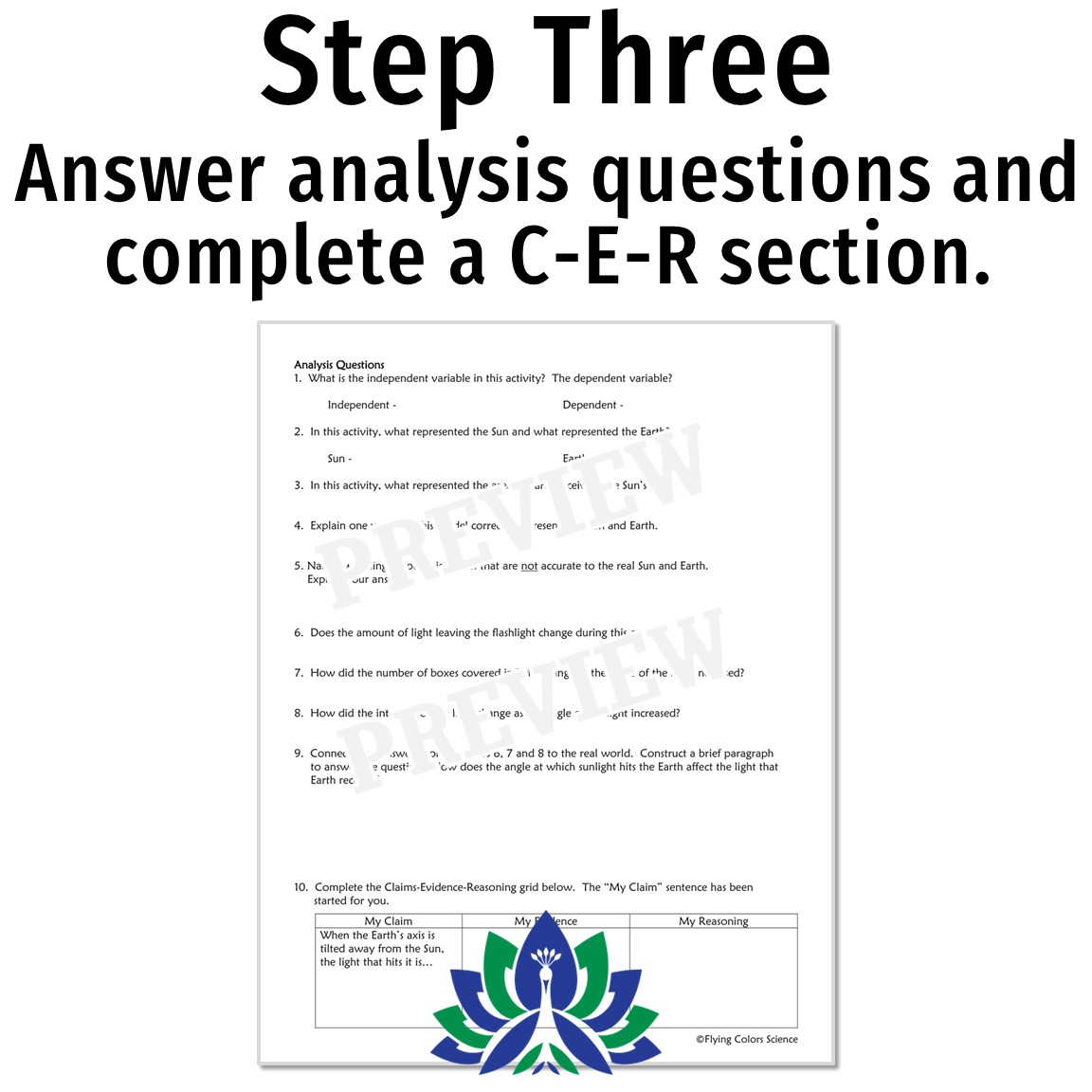
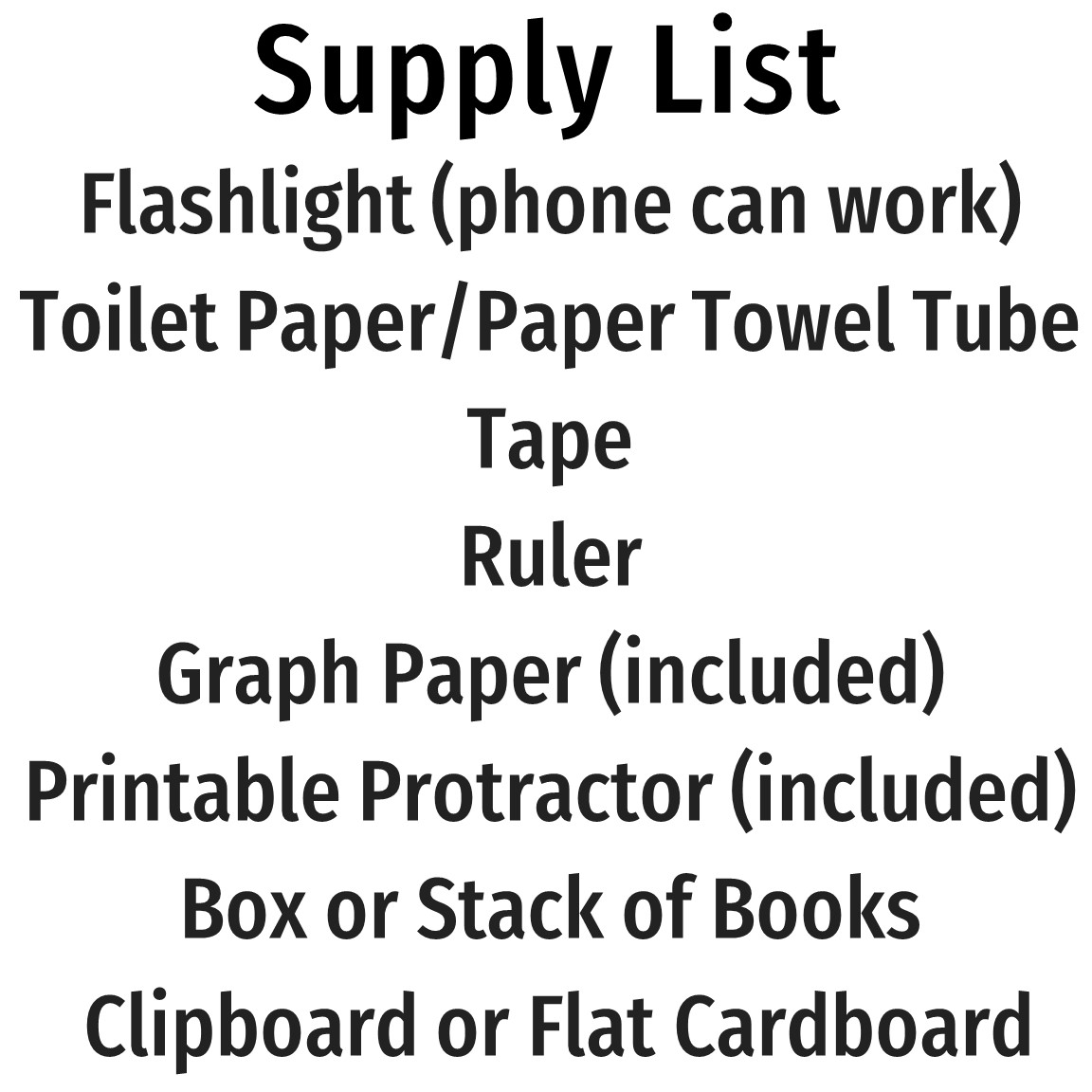
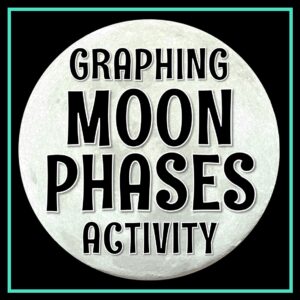



Reviews
There are no reviews yet.